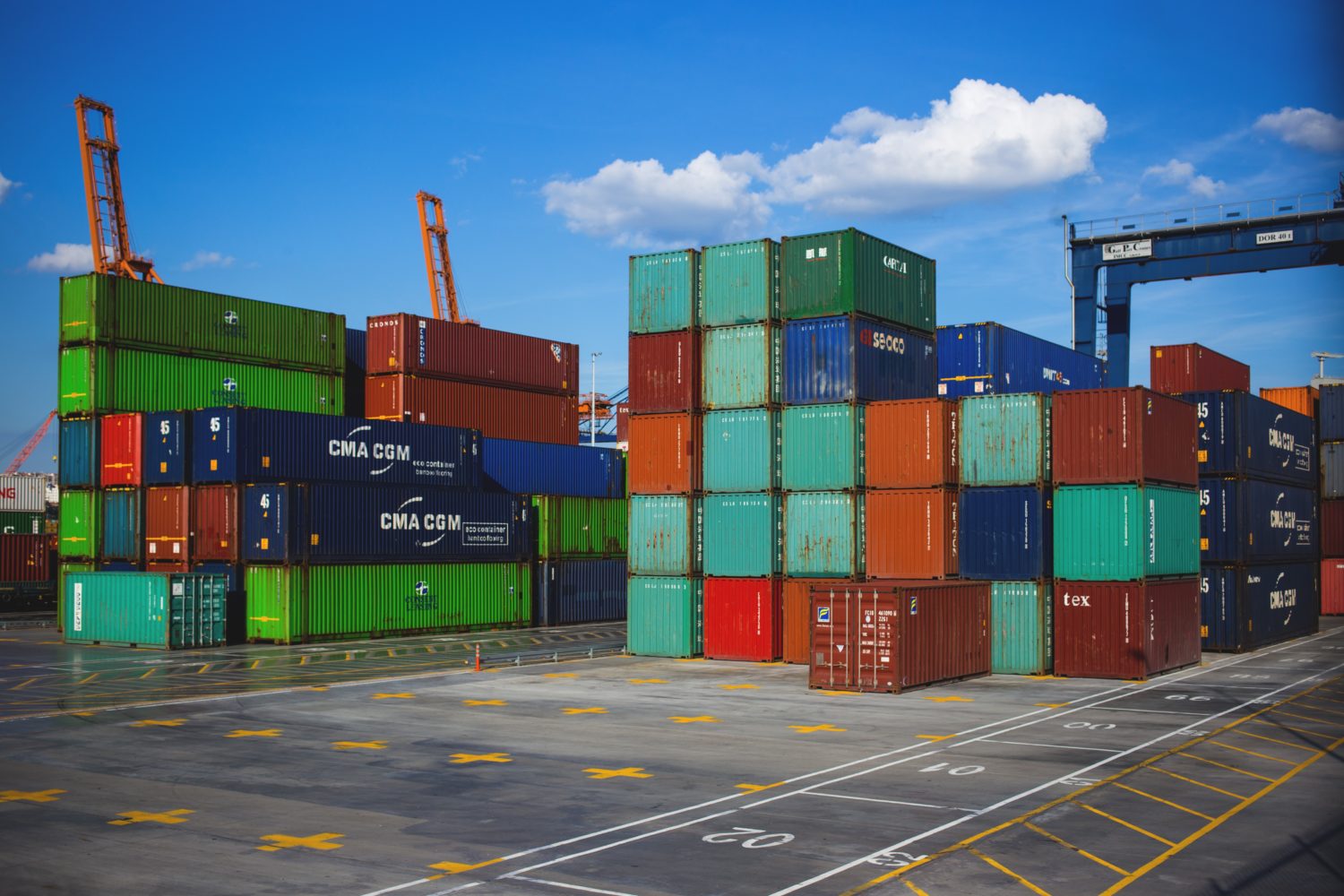Can shipping costs can qualify for SR&ED?

To the CRA, materials that can be claimed for SR&ED are all the raw materials, substances, or other things that make up the body of the claimed SR&ED during the SR&ED process.1 But what about the cost of shipping and transportation of those materials for use in your SR&ED?
The CRA categorizes two types of materials that result from SR&ED projects.
First, there are materials consumed, which are materials that have been made “virtually valueless” (i.e., rendered worth 10% or less than their original value).2 The costs of materials which meet this definition are eligible to claim for SR&ED.
Second, there are materials transformed, which are materials that are changed or incorporated into other materials, and still have value (to you or another party) which is greater than 10% of the initial costs. The costs of materials that fall under this definition are also eligible to claim for SR&ED.3
In order to claim these material expenditures, both types of materials must be fully paid for in the tax year, or within 180 days of the end of the fiscal tax year.4
Shipping and Transportation Costs
Since you can claim materials in your SR&ED claim, you may wonder how shipping and transportation costs factor into the equation.
Shipping and transportation costs are laid-down costs. Essentially, when the CRA refers to the cost of purchase of materials for resale or for SR&ED, or raw materials acquired for the manufacturing process or specifically for SR&ED, they are referring to laid-down costs.5
Laid-down costs can include invoice costs, custom and excise duties, transportation costs, other acquisition costs, and storage costs. The cost of materials, to the CRA, is the “original cost to acquire an item plus all reasonable costs to bring that particular item to its condition and location to be consumed or transformed in the prosecution of SR&ED.“6
As long as they are specifically for your SR&ED project, shipping and transportation costs are laid-down costs and can be added to your SR&ED claim. One thing to note, it does not matter if they are Canadian or American shipping costs. Furthermore, there is no indication in SR&ED policy of a limit on non-Canadian shipping costs which are eligible for SR&ED.
The determination of costs of materials should follow your company’s typically accepted accounting principles.
A minor concern: recapture of ITCs
The CRA does want you to know, however, that “any component claimed as materials transformed in the prosecution of SR&ED that comprise the machine when it is converted to commercial use would be subject to the investment tax credit recapture rules.”7 Investment tax recapture rules take back some or all of the SR&ED tax credit by adding the corresponding amount to the claimant’s tax payable for the year in which the SR&ED property entered the commercial realm.8
Conclusion: Yes, Shipping Costs Can Qualify
Shipping and transportation costs can be claimed as part of an eligible SR&ED expenditure in conjunction with materials transformed or materials consumed. Please refer to the Materials for SR&ED Policy for additional information and check with your tax advisor or SR&ED consultant to see if your shipping and transportation costs can be added to your SR&ED claim.
If you’re curious to know more about what costs are eligible to claim for SR&ED, make sure to read our posts about IT costs and rent and building costs.
Connect With Us!
Share your thoughts by commenting below or joining the conversation on our LinkedIn page, Facebook page, or via Twitter.